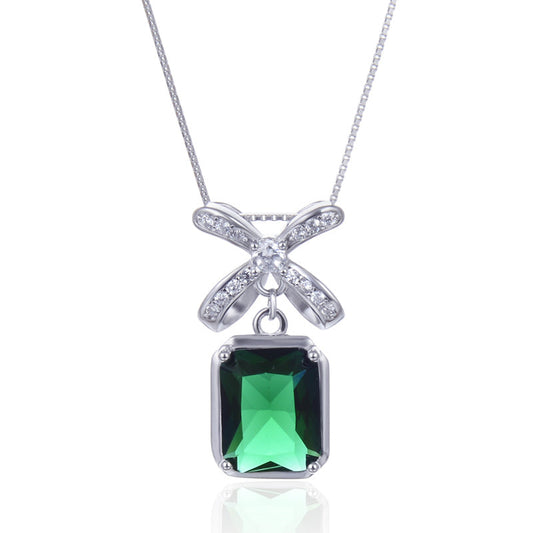The Melodic Magic of Taylor Swift Chords
In the realm of modern music, few names resonate as strongly as that of Taylor Swift. Her unique blend of catchy melodies, heartfelt lyrics, and exquisite chord progressions has captivated audiences worldwide, solidifying her status as a global pop icon. Today, we dive deep into the musical genius behind the Taylor Swift chords that have become synonymous with her hit songs.
Taylor Swift's journey to stardom began in her teenage years, with her debut album "Taylor Swift" released in 2006. Since then, she has released numerous chart-topping singles and albums, each showcasing her remarkable songwriting abilities and musical talent. Her chord progressions, in particular, stand out as a testament to her skill as a composer.
When analyzing Taylor Swift's chords, one cannot help but marvel at their simplicity and effectiveness. Her songs often feature catchy, repeatable chord sequences that are easy to learn and play, yet they pack a punch in terms of emotional impact. This accessibility has undoubtedly contributed to her widespread appeal, as fans can easily pick up a guitar and strum along to her tunes.
One of the most striking aspects of Taylor Swift's chord progressions is their versatility. Whether it's the upbeat pop of "Shake It Off," the heartbreaking balladry of "All Too Well," or the folk-inspired melodies of "Red," Swift effortlessly transitions between genres, always maintaining a distinct musical identity. Her chords reflect this versatility, ranging from simple major and minor triads to more complex extended chords that add depth and color to her compositions.
The use of modal interchange in her chord progressions is particularly noteworthy. This technique, which involves borrowing chords from parallel modes (such as Dorian or Mixolydian) to create complex melodic and harmonic structures, is a hallmark of Swift's songwriting. It allows her to infuse her songs with unexpected melodic twists and turns, keeping listeners engaged and wanting more.
Another notable aspect of Taylor Swift's chords is their ability to evoke specific emotions. In "Love Story," for instance, the use of warm, major chords creates a feeling of optimism and hope, perfectly complementing the song's romantic theme. Conversely, in "I Knew You Were Trouble," the use of minor chords and chromaticism evokes a sense of foreboding and drama, reflecting the song's dark lyrical content.
The influence of Taylor Swift's chords extends beyond her own discography. Countless artists have been inspired by her chord progressions, incorporating them into their own compositions. Her influence is felt across multiple genres, from pop to country to indie rock, highlighting the universal appeal of her musical style.
Taylor Swift's chords have also had a significant impact on music education. Her songs are often used as teaching materials for guitar and piano lessons, introducing students to basic chord theory and progressions in a fun and engaging way. Her music has inspired countless individuals to pick up an instrument and start their own musical journeys.
However, Taylor Swift's chords are not just a musical phenomenon; they are also a cultural one. Her songs have become anthems for generations, with her chord progressions etched into the collective musical memory of her fans. Her chords are not just notes on a page; they are the soundtrack to countless memories, experiences, and emotions.
The melodic magic of Taylor Swift chords lies in their simplicity, versatility, emotional depth, and cultural impact. They are more than just musical structures; they are the essence of Taylor Swift's musical genius, captivating audiences worldwide and inspiring countless musicians and songwriters. As we continue to explore the depths of her musical catalog, it becomes clear that the power of Taylor Swift's chords extends far beyond the boundaries of traditional music theory, touching the hearts and minds of people everywhere.








